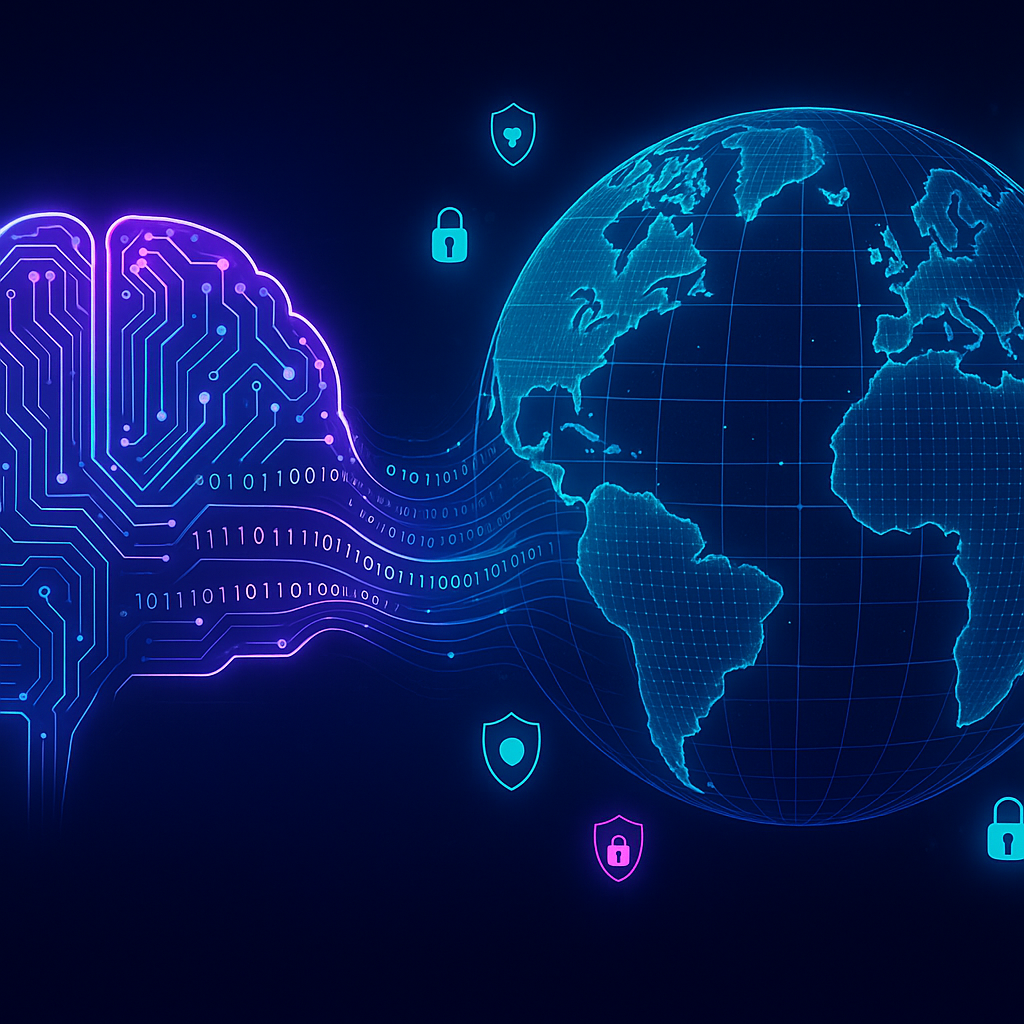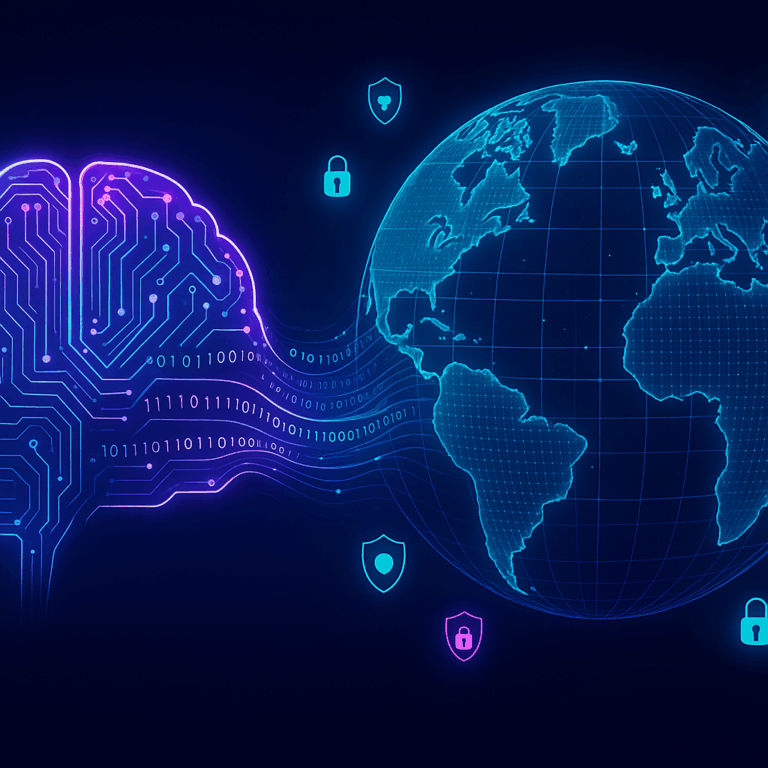Exploring AI and Cybersecurity: Insights from John Logie Baird Sessions
In the age of digital transformation, the intersection of Artificial Intelligence (AI) and Cybersecurity is becoming increasingly critical. At recent John Logie Baird Sessions, industry experts dived deep into this intersection, revealing fascinating insights on how AI is reshaping the cybersecurity landscape. With threats evolving at an alarming pace, the role of AI in safeguarding our digital environment cannot be overstated! Let’s dive into the latest trends, challenges, and actionable insights discussed at the session.
The Power of AI in Cybersecurity
AI and machine learning are more than just buzzwords. They’re revolutionizing how we detect, respond to, and predict cyber threats. At the session, experts emphasized the transformative potential of AI in several key areas:
- Threat Detection: AI-driven solutions can analyze vast amounts of data in real-time, identifying potential threats far quicker than human analysts. This speed is crucial in minimizing damage.
- Anomaly Detection: Machine learning algorithms excel at recognizing patterns and anomalies within network traffic, uncovering unusual activity that may indicate a breach.
- Automated Response: AI systems can automatically respond to detected threats, neutralizing them before they cause significant harm. This automation is a game-changer in the fast-paced world of cybersecurity.
Challenges and Barriers to AI Adoption
Despite its potential, the integration of AI in cybersecurity isn’t without challenges. The session highlighted several barriers that organizations must overcome:
- Data Quality: AI systems require high-quality, diverse data to function effectively. Poor data can lead to inaccuracies in threat detection, resulting in false positives or missed threats.
- Complexity: Implementing AI solutions can be complex, requiring specialized knowledge and significant resources. Organizations must invest in training and infrastructure to harness AI’s full potential.
- Ethical Concerns: The use of AI raises ethical questions around privacy and decision-making transparency. Striking a balance between effective threat detection and respecting user privacy is paramount.
Real-World Applications of AI in Cybersecurity
During the session, several real-world applications of AI in cybersecurity were discussed, showcasing the technology’s practical benefits:
- Network Security: AI-driven network security solutions can analyze network traffic in real-time, quickly identifying and mitigating potential threats. For example, AI can detect unusual data flow patterns indicative of a Distributed Denial-of-Service (DDoS) attack and initiate mitigation protocols automatically.
- Fraud Detection: Financial institutions are leveraging AI to detect fraudulent activities. Machine learning algorithms analyze transaction patterns, flagging suspicious behavior for further investigation.
- Endpoint Security: AI-powered endpoint security solutions monitor devices for signs of compromise, such as unusual application behavior. If a threat is detected, the system can isolate the affected device to prevent the spread of malware.
Future Implications and Takeaways
As AI continues to evolve, its implications for cybersecurity are profound. Here’s what professionals need to keep in mind:
- Continuous Learning: Cyber threats constantly evolve, and so must our defenses. AI systems should be designed for continuous learning, adapting to new threat patterns and techniques.
- Collaboration: Sharing threat intelligence across organizations can enhance AI’s effectiveness. Collaborative efforts can lead to more comprehensive datasets, improving threat detection capabilities.
- Ethical AI: Developing ethical AI frameworks is crucial. Decisions made by AI systems should be transparent and explainable to maintain trust and compliance with regulations.
In conclusion, the integration of AI in cybersecurity offers promising solutions to the ever-growing threat landscape. However, it requires thoughtful implementation, continuous improvement, and ethical considerations. By embracing these principles, organizations can stay ahead in the fight against cyber threats.
For further reading, consider exploring these sources:
- IBM Security: AI in Cybersecurity
- CSO Online: AI in Cybersecurity
- ArXiv: The role of AI in Cybersecurity




